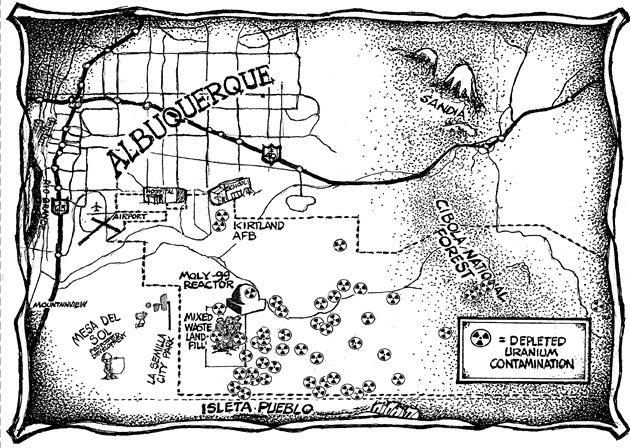
Harambee House, Inc.
Files
Download Full Text (2.4 MB)
Document Type
Article
Date
9-2005
Description
This report provides an overview of the fundamentals and field applications of in situ bioremediation in contaminated soil and groundwater. Bioremediation has been presented to the impacted communities as a technology that is currently being used and tested at the Savannah River Site (SRS). The primary focus this report explain bioremediation as a clean-up technology and analyze what role the technology will play in the new accelerated clean up strategy at SRS as approved by Environmental Management at the U.S. Department of Energy (DOE). The objective is to understand how bioremediation is being used at SRS for clean up.
This research was completed money allocated during Round 5 of the Citizens’ Monitoring and Technical Assessment Fund (MTA Fund). Clark University was named conservator of these works.
If you have any questions or concerns please contact us at digitalrepository@clarku.edu
Publisher
Harambee House, Inc.
Format
Keywords
nuclear weapons, nuclear weapons testing, environment, non-governmental organizations, United States Department of Energy, tribal governments, environmental cleanup, radioactive fallout, radioactive waste
Rights
Copyright belongs to the authors. Clark University was chosen by the non-profit peace and environmental groups as the conservator of these reports; our right to distribute these works ensures they remain available to the public in perpetuity as intended. Reuse at your own discretion with with due deference to copyright holders.
Location
Savannah, GA
Recommended Citation
Harambee House, Inc. and McClain, Mildred, "A Scientific and Technial Review of the Use of Bioremediation as a Clean Up Technique at the Savannah River Site" (2005). Harambee House, Inc.. 1.
https://commons.clarku.edu/harambee/1



